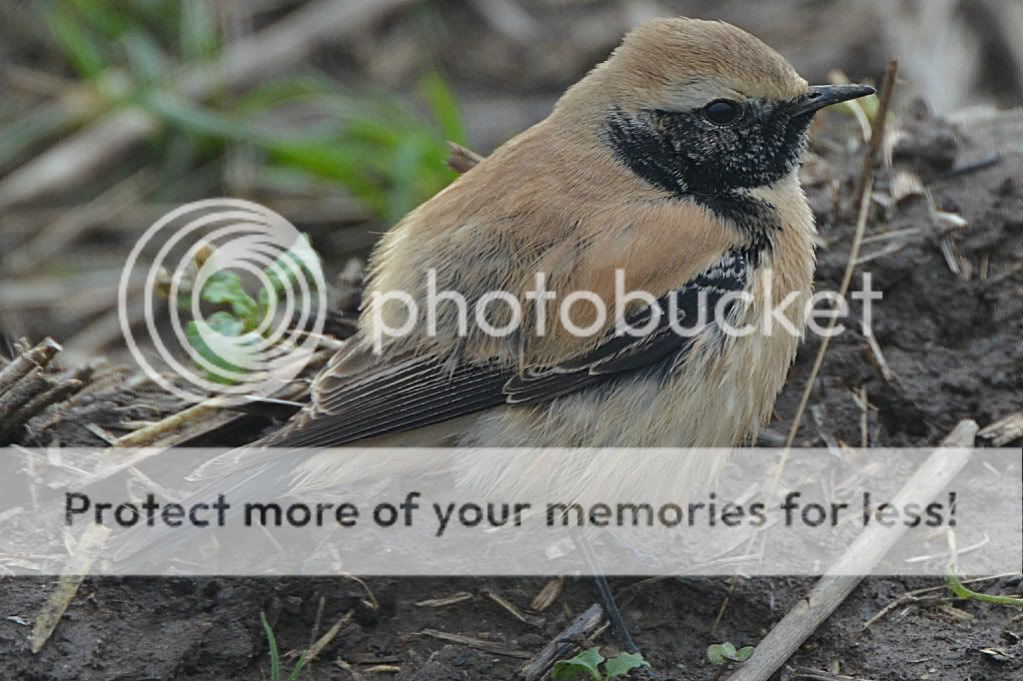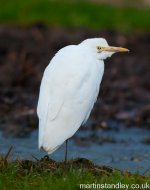Jono L
Well-known member
During the birdrace last Sunday one of our team, John Beaumont found a buteo near Cheesecake Farm which when perched looked remarkably like a Rough-leg, with pale head and breast and sharply demarcated black belly. We raised doubts however when we saw the bird briefly fly.
Last Tuesday both myself and Russell Slack independently saw the bird, again near Cheesecake Farm (just northeast of Wheldrake village). I was viewing north from Bank Island platform. This time the bird could be confirmed as 'just' a Buzzard.
I do wonder if this bird is what was claimed as a RLB very close to this area before Christmas.
Shot on my blog in a mo.
Cheers
Jono
Last Tuesday both myself and Russell Slack independently saw the bird, again near Cheesecake Farm (just northeast of Wheldrake village). I was viewing north from Bank Island platform. This time the bird could be confirmed as 'just' a Buzzard.
I do wonder if this bird is what was claimed as a RLB very close to this area before Christmas.
Shot on my blog in a mo.
Cheers
Jono






